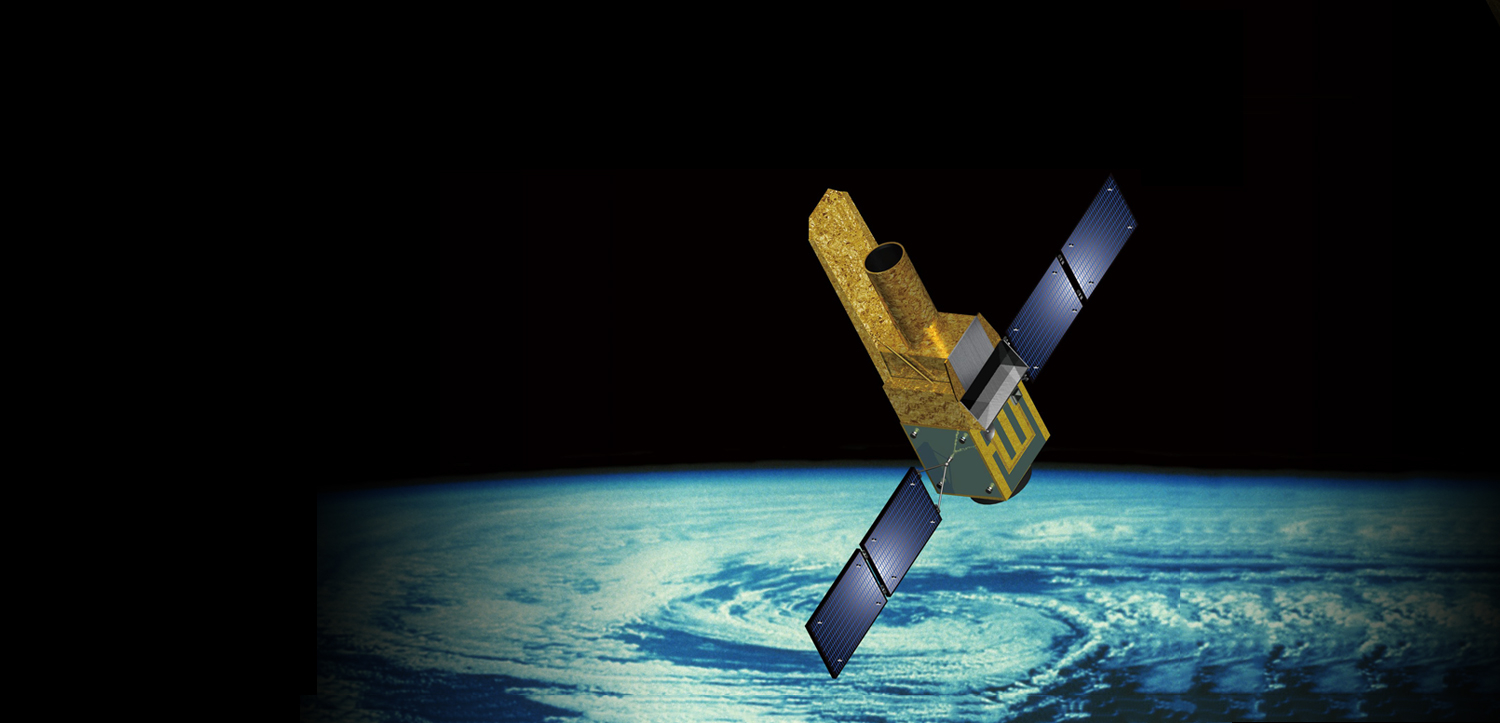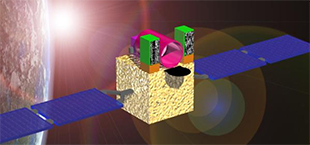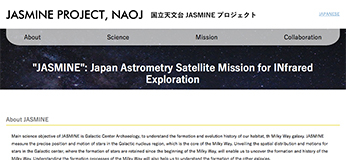The Japan Astrometry Satellite Mission for INfrared Exploration (JASMINE) is the world’s first ultra-high precision infrared satellite for measuring the position and velocity of stars. The mission goals tackle the eternal question of humankind, “Where did we come from?” and “Are we alone?”.
The stars in the night sky do not always remain stationary but gradually move over time. Measuring this motion accurately gives the distance to the star and its velocity. Such astrometric observations have been undertaken by the European Space Agency’s Gaia mission, which was launched in 2013 to look at the sky at visible wavelengths. However, the central region of our Milky Way galaxy is shrouded in gas and dust and obscured from visible light. JASMINE will observe this region in the near-infrared, making thousands of measurements to accurately determine the distance and motion of stars. This will allow us to probe the changes that have occurred since the birth of the Milky Way, including our Solar System, and brought the Galaxy to its present appearance.
The ability of JASMINE to make repeated observations in the near-infrared will also be utilised to search for extrasolar planets. By continuously observing the less luminous M-type stars for long periods and capturing slight changes in their brightness, JASMINE aims to discover terrestrial planets with orbits that might be suited for life.
For these purposes, JASMINE requires a highly stable system. The telescope is constructed from a special metal which has a very low coefficient of thermal expansion and additionally supresses the distortion and deformation caused by the challenging environment in space that the satellite and telescope will experience. The observational data obtained will be analysed using a suite of statistical methods and simulations, allowing the position of the star to be determined to an ultra-high accuracy of one in tens of thousands of arcseconds. This corresponds to the angle that a fraction of a single hair would make on a person standing 100km away.
JASMINE aims to launch in 2028. The mission concept is being studied by 60 researchers from 27 university and research institutions in Japan and overseas, including JAXA Institute of Space and Astronautical Science and the National Astronomical Observatory of Japan (NAOJ), and Kyoto University.

FutureJASMINE - Infrared astrometric observation satellite
Using a highly stable infrared telescope, JASMINE will conduct astrometry of stars in the central region of our Milky Way galaxy and search for terrestrial planets around stars fainter than the Sun.
 The Lite (Light) spacecraft for the study of B-mode polarization and Inflation from cosmic background Radiation Detection (LiteBIRD)
The Lite (Light) spacecraft for the study of B-mode polarization and Inflation from cosmic background Radiation Detection (LiteBIRD)
 High-z Gamma-ray bursts for Unraveling the Dark Ages Mission (HiZ-GUNDAM)
High-z Gamma-ray bursts for Unraveling the Dark Ages Mission (HiZ-GUNDAM)

